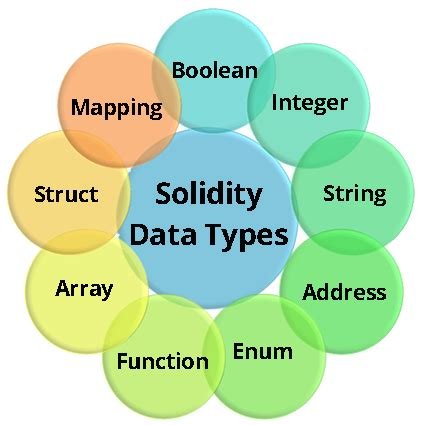Ethereum: Comprehensive Documentation for Solidity-Generated Bytecode
As a developer working with Ethereum-based blockchain platforms, it is important to have a solid understanding of how Solidity-generated bytecode is structured. This documentation aims to provide a comprehensive guide to identifying and analyzing the various opcodes and structures used in Solidity code.
Introduction
Solidity is a high-level programming language used for writing smart contracts on the Ethereum blockchain. When you compile Solidity code into bytecode, the Ethereum Virtual Machine (EVM) translates it into native machine code that can be executed by the Ethereum network. The bytecode is then executed by node operators or scripts running on the network.
Understanding Opcodes
In Solidity, opcodes represent instructions that are executed during the compilation and execution of smart contract code. There are several types of opcodes, each with a specific purpose:
- LOAD: Loads data from memory into a variable.
- STORE: Stores data in memory or a memory slot.
- BIP32: Creates a key pair for the Elliptic Curve Digital Signature Algorithm (ECDSA) and stores it in the blockchain.
- BIP44: Creates a private key for a pseudorandom function (PRF) from a passphrase.
- CALL: Calls another contract or function in the same address space.
structures
Solidity also uses several structures to represent data, including:
- Address: A unique identifier for a smart contract address.
- Int8,
Uint8,
Int16, and
Uint16: represent 8-bit integer values.
- String: Represents a string.
- Bytes

: A collection of bytes.
Common Opcodes in Solidity
Here is an overview of some common opcodes found in Solidity-generated bytecode:
- 0x01 (LOAD): Loads a variable with the specified name from memory.
- 0x02 (STORE): Stores data in memory or a memory slot.
- 0x04 (BIP32): Creates an ECDSA private key and stores it in the blockchain.
- 0x05 (BIP44): Creates a PRF private key from a passphrase.
- 0x06 (CALL): Calls another contract or function in the same address space.
Analyzing Solidity-generated bytecode
When analyzing Solidity-generated bytecode, the following factors should be considered:
- Instruction-level optimization: Understand how opcodes are optimized and what optimizations are possible.
- Context switching: Detects when a context switch occurs (e.g. between contract calls or memory accesses).
- Data types: Identify the data types used in variables such as “int8”, “uint8”, etc.
Best practices
How to make your analysis more efficient and effective:
- Use a comprehensive Solidity compiler: Tools such as Etherscan or Solidity coverage can help you identify potential problems.
- Implement pattern matching: Identify patterns in opcodes and structures to simplify analysis.
- Consider contract architecture: Understand how data flows between contracts to optimize analysis.
By following this guide, you can gain a deep understanding of the complexity of Solidity-generated bytecode and improve your analytical skills when working with Ethereum-based blockchain platforms.
Code examples
Here are some code examples to illustrate the key concepts:
address:pragma solidity ^0.8.0; public address myAddress = 0x1234567890123456789012345678901234567890;
int8anduint8:byte myInt8 = 1; uint32 myUint8 = 256;
String:string myString = "Hello, world!";
Don’t forget to check out the official Solidity documentation for more information on using opcode and structure representation. Have fun analyzing!
